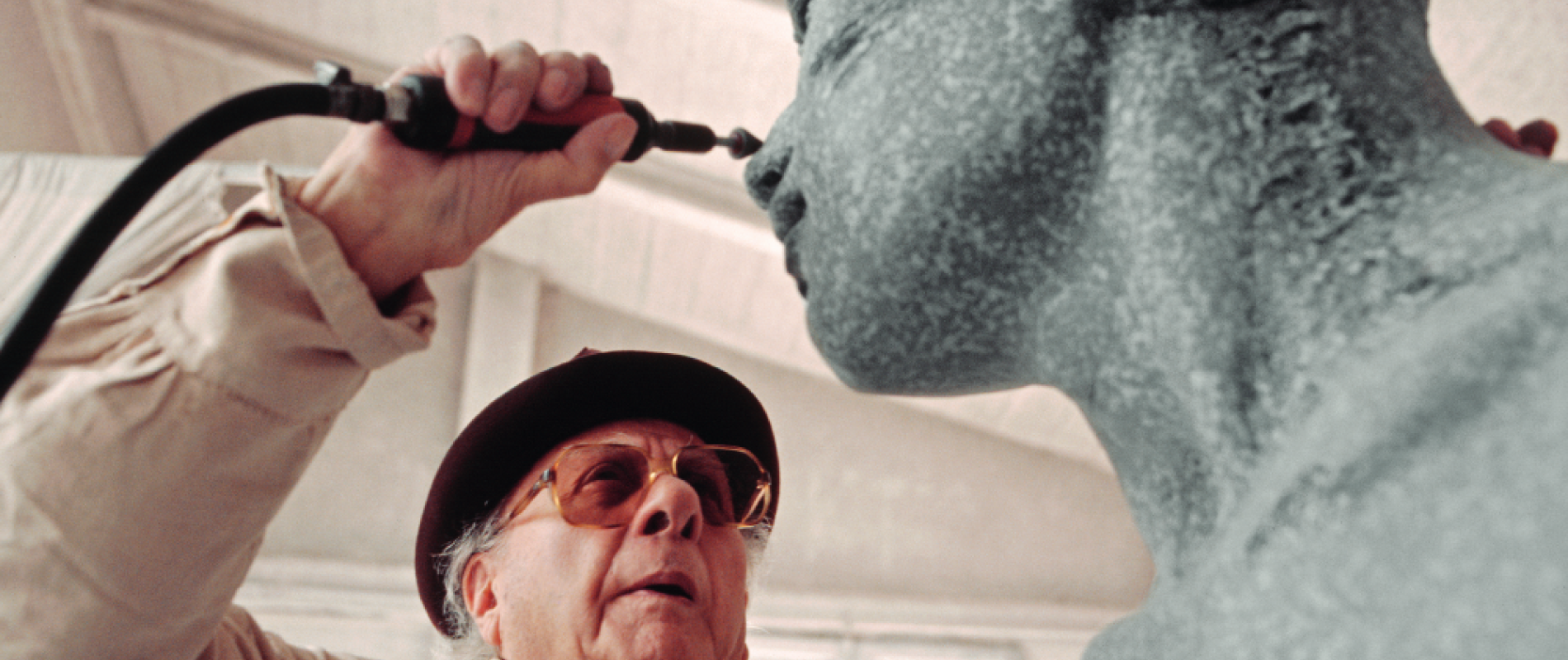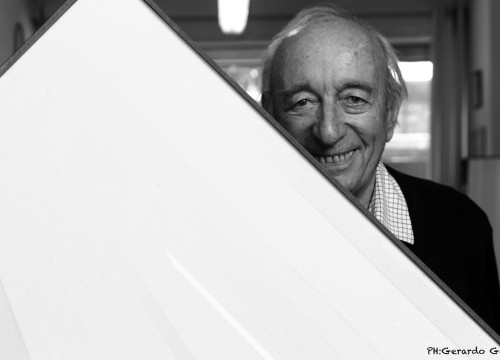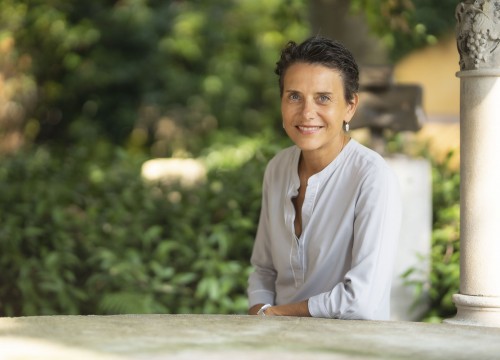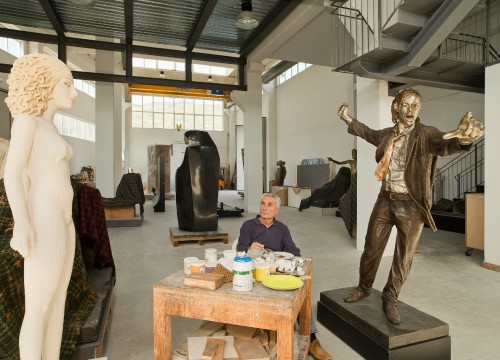Vercelli: a tribute to Francesco Messina 120 years after his birth.
There is no systematic definition or possible affinity with a school that fit to the work of Francesco Messina (1900 – 1995). His extraordinary talent merges into a genius that goes beyond any corrosion produced by time and fashion; it’s a unicum and it has to be valued as such. If we really want to find a distinctive feature we would have to focus the attention on the movement: “What matters to Messina is the idea itself of the movement, its essence. His idea is we don’t stop seeing. Reality offers unprecedented images which are enhanced without artifice by sculpture” (Vittorio Sgarbi, 1989). And the distinctive feature of the movement, the curiosity which is never for its own sake, the seduction that relies in the discovery of the infinite forms which the processed material can assume (and which the different cultures can appreciate) will lead the Catania-based sculptor to overcome national and regional borders from a young age, unlike many of his Sicilian colleagues who remained on the island (Rosone, Russo, Lazzaro, Cuffàro, etc.). Messina belongs to that small circle of Sicilian sculptors (like Emilio Greco and Andrea Parini) that Vittorio Sgarbi in 1993 called “blessed emigrants”.
THE WHITE MARBLE OF ESTATE PRELUDES TO THE INSTANT THAT FOLLOWS,
IN WHICH THE HUMAN BEING WILL ASSUME A NEW POSITION AND WILL AROUSE A NEW EMOTION
Messina is in Genoa, just fourteen, when he works in the atelier of the sculptor Giovanni Scanzi, not much later he will display his works in a collective exhibition. In his early 30s he moves to Milan, where he obtains the prestigious chair in sculpture at the Academy of Fine Arts in Brera and in only a few years he will become director. Afterwards, he works and exhibits in Venice, Rome, Florence, Pavia, Turin (show curated by A. Polucci), Aosta (exposition signed by F. Zeri). Finally, we want to remember the exhibit for the centenary, which was held in Catania, Castel Ursino, Rome and ended in Genoa – with more than 250 works. But his firm belief is that “there’s no end in selling”. He overcomes national borders. He moves between sacred and profane, human and divine, with astonishing genius and at the same time he refines his creativity. There will then be shows in in Buenos Aires (organized by L. Fontana), at the Puskin Museum in Moscow, at the Hermitage Museum in Saint Petersburg, at the Theseus Temple in Vienna, in Washington, Tokyo, Paris (curated by Unesco), at the Gallery in Munich (ordered by Steingräber). The movement that characterized the man-artist and the movement which is the distinctive feature of his artistic production reciprocally interpenetrate. Giving life to the substance. Making it talk. His Horses in Bronze are “talking and dramatic sculptures” (G. Bazin, 1966). Just think about Dying Horse (1966), commissioned by RAI and placed at the entrance of the Rome headquarters of the Italian society. The dancers (from Savignano to Accolla to Fracci) are bronzes which are just apparently static: actually, they anticipate a following rotation on the tips, a following bending on the legs, a following bow to the public. Giving life to substance.
CAVALLO MORENTE, LOCATED AT THE ENTRANCE OF
THE RAI'S ROME HEADQUARTERS, EXUDES A VIBRANT AND DRAMATIC FORCE
The white marble of Estate (1989), the red granite of Adamo ed Eva prelude to the instant that follows, in which the human being which is sculpted in substance will assume a new position and will arouse a new emotion. Paradigmatic is the bronze Giobbe (1934), biblical hero who is doubled over in pain and plagued by the pangs of life, exhausted by the use of an infinite patience but that now, confident, opens the arms to hope: a sore and afflicted humanity that, maybe, tomorrow, will be able to rise again, creating new emotions and hopes inside us. A wide exhibition of the work of the Master, promoted and supported by the city of Vercelli, meticulously curated by Marta Concina, Daniele De Luca, Sandro Parmiggiani and carefully illustrated in the elegant Polistampa catalogue, it is presented in the suggestive premises of the ARCA, the Archiepiscopal Museum and the former Church of San Vittore. The title is emblematic per se: “Francesco Messina – Miracles of Beauty: 120 works for the 120th anniversary from his birth”.
HE MOVES BETWEEN SACRED AND PROFAN, HUMAN AND DIVINE, WITH ASTONISHING GENIUS
The triple event (until the end of March) is the result of the collaboration between Nicola Loi, soul of the Francesco Messina Foundation (of which Rossana Ramondetta is president), Studio Copernico Milano and the Office for Cultural Heritage of the Archdiocese of Vercelli. Sandro Parmigiani, inside the catalogue, where he reports an annotation of Giorgio de Chirico, writes: “Francesco Messina’s sculptures, in any location they are placed, are pleasing to see, they live with people and they comfort with their presence”.




























